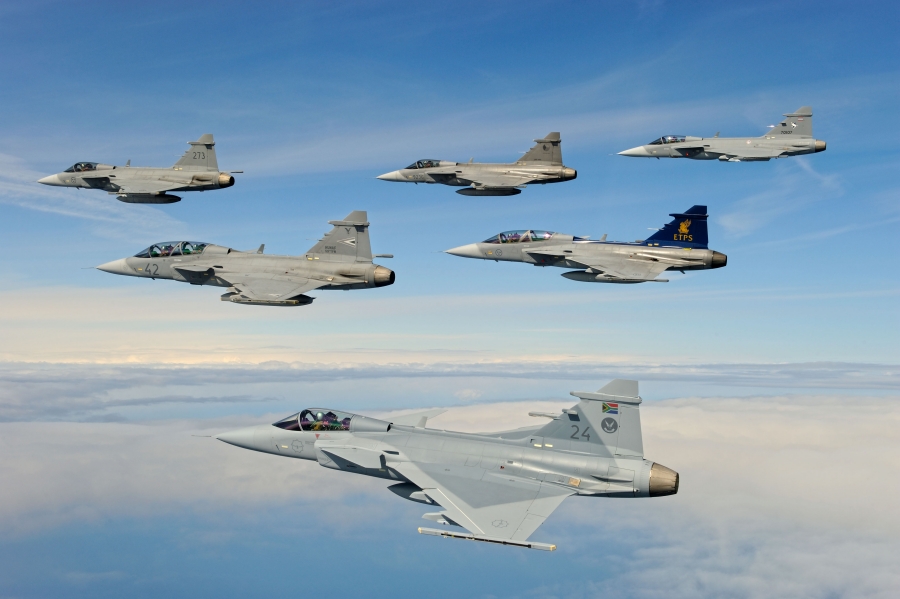
From NATO: NATO will conduct an air-defence flying training event for pilots and ground support personnel, including fighter controllers, in Iceland from 3-21 February 2014.
The Iceland Fighter Meet 2014 (IFM14) will bring together fighter aircraft from NATO member Norway (F-16 Fighting Falcon), and from partner countries Finland (F-18 Hornet) and Sweden (JAS Gripen), to conduct a wide range of air defence-related flying activities. These will include air combat training between dissimilar aircraft types, defensive and offensive counter-air operations and high-value airborne asset attack and protection.
IFM14 will be supported by air-to-air refuelling tanker aircraft, NATO AWACS radar aircraft and Search and Rescue (SAR) helicopters. It will be held in the context of the training component of Norway’s deployment to Iceland to conduct the periodic NATO ‘Peacetime Preparedness Mission’.
NATO will act as the overall coordinator for the event from its Combined Air Operations Centre (CAOC) in Uedem, Germany. Control of the fighter aircraft will be shared by Control and Reporting Centre (CRC) Loki in Iceland and a NATO AWACS radar aircraft operating from Norway.
Sweden will deploy an air-to-air refuelling aircraft to Iceland to support IFM14. Finland and Norway will deploy SAR helicopters alongside Iceland’s SAR force.
Norway will act as the sponsor nation for Finland and Sweden, and will provide a training director for IFM14. The Finnish and Swedish assets will be placed under his operational control. They will not be placed under NATO’s direct authority at any time during the meet.
Under standard NATO practice, all training missions during IFM14 will be flown unarmed.
As part of the ‘Peacetime Preparedness Mission’, the Norwegian contingent will deploy several days before the Swedish and Finnish detachments to demonstrate the required NATO air-policing capability. This will be completed before the partners arrive.
Once IFM14 begins, any real-world NATO air-policing activities will only be conducted by Norway, and will be separate and distinct from the activities of the training event, which will run in parallel. (photo: Jamie Hunter/Saab)
Image: saab%207%205%2013%20Gripens.jpg
